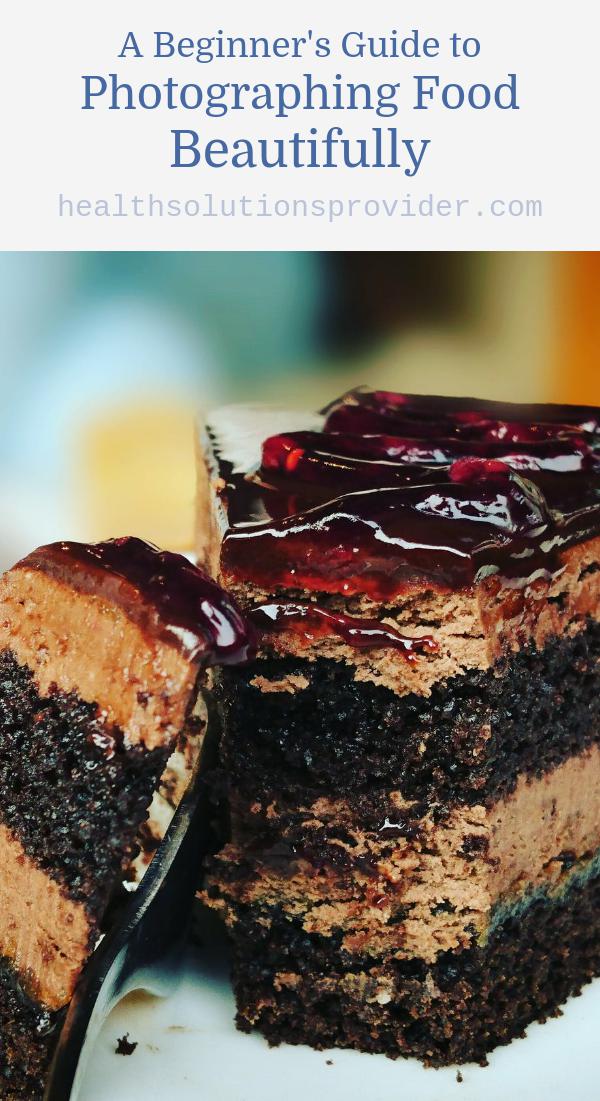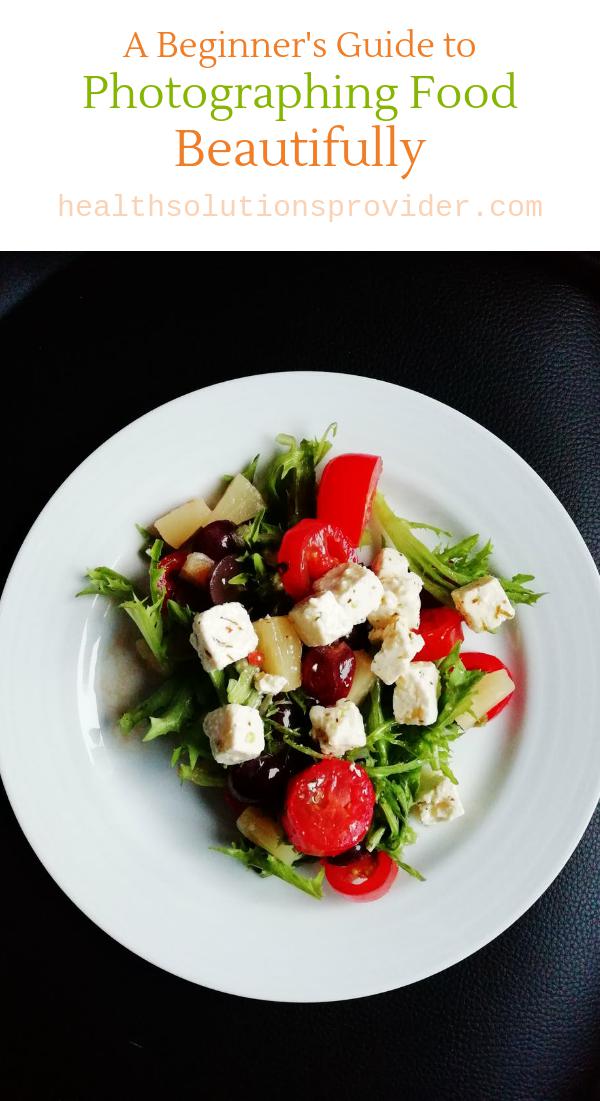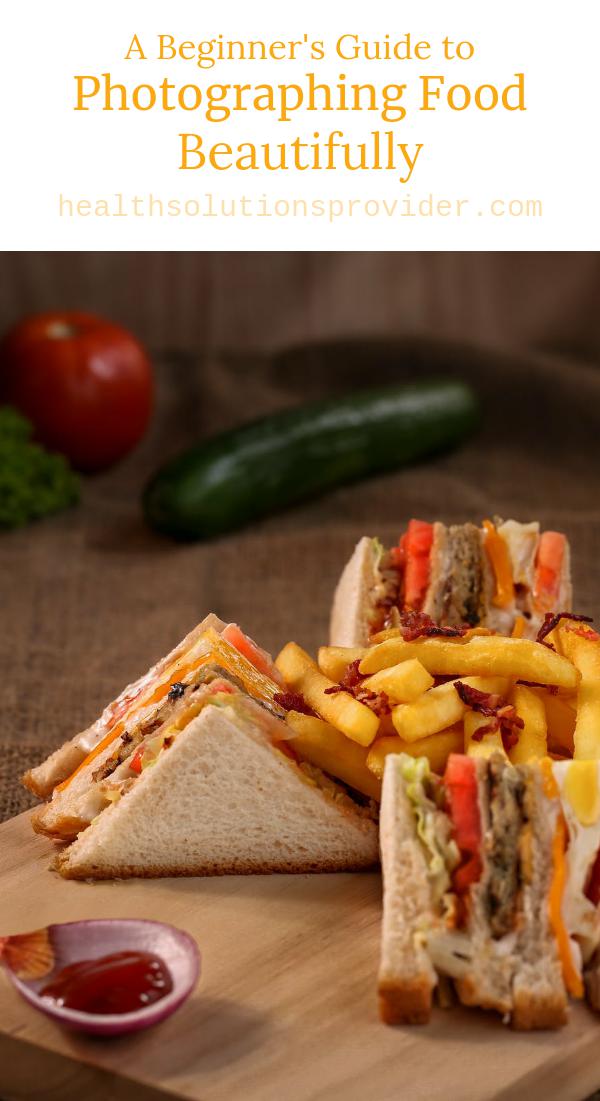Leaning to take good photos is one of the most common hobbies of most people today. This is because they would want to preserve whatever memories they have during specific events or gatherings. That gathering would not be complete without fond laughter, memories, and of course, food. So, what better way to preserve all these than to learn food photography?
The meeting of food and photography

Photographing food is probably one of the most challenging kinds of photography out there. It is considered difficult by most professional food photographers because there is a time constraint in the whole photoshoot. And since the marketability of the food itself depends primarily on how it is seen in print, food photographers should be well trained and skilled in order to come up with satisfying results.
If you are one of those who are trying their hands on food photography, the first thing that should be paid attention to is the camera well. It is a must that you familiarize yourself with all its features and functions especially the basic operations like focus/autofocus, exposure compensation, white balance, image resolution and size, and flash modes operation. Know when to use these features in order to highlight the best angles of your subject. It would also be best if you familiarize yourself with other equipment such as the proper use of a tripod or stabilizer will help you focus on your subject better and will also avoid camera shake that usually causes blurring.
Next is to learn the basics. In photography, you cannot break a rule if you have not mastered it so make sure that you familiarize yourself with the basics such as filling the gap and the distance. This is a major basic rule in food photography because getting close to the subject as close as possible is the most ideal setting since you fill the entire frame of your subject to create a satisfying image. Distance will give a full view of the food’s texture and ingredients.
The next basic thing is knowing to calculate the focus and depth-of-field (DOF). The use of depth-of-field never fails to create wonders in food photoshoots. With careful adjustment of focus and depth of field, you can bring to life any dish that is your subject. (TIP: Use wider or more open for a shallow DOF and a smaller or more closed one for a deeper shot.)

You should also be familiar with the simple layout of the food you wish to photograph. You can do this by identifying which is the standout ingredient. Before taking any shot, assess the scene closely and look for something that can grab people’s attention right away. You can use this main feature of the food as the subject of your subject. Also, pay attention to your set-up. It is a must to take the time off to set up your food photoshoot. If there are distracting elements in the background, remove them. If you think there’s something missing in the setup, then think of something else that would fill the empty space or gap. Prepare the garnish, the props, and other materials you might need for the shoot.
Learning to control your lights is another surefire success tip in food photography. Like in any photography styles, lighting or available light can make or unmake any photograph. Since food is the major subject in food photography, it is better than the setting is bright and the lights are soft so as to make the food more appetizing. In digital cameras, turning on the White Balance feature of the equipment can solve dark settings in an instant.
